| Steven Rybin |
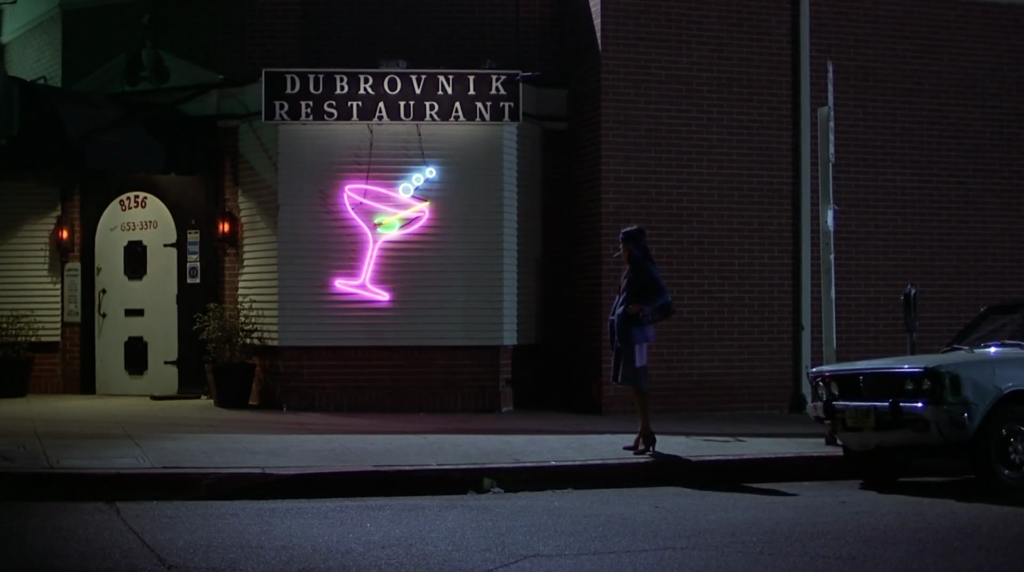
Remember My Name plays in glorious 35mm at the Trylon Cinema from Friday, June 28th, through Sunday, June 30th. Visit trylon.org for tickets and more information.
When a film is lost, it typically means no known print survives. Writer-director Alan Rudolph will sometimes refer to Remember My Name (1978), which he considers his best film, as lost.1 According to Rudolph, only one known 35mm print still exists.2 Never released on any home video format (likely due to complicated rights issues with its soundtrack), Remember My Name is not “lost” in any literal sense of the word.3 But its existence is certainly precarious, and the film is almost always absent from conversations about the best films of the 1970s (though it is surely one of them). Rudolph’s film is worth rediscovering, not only as part of the director’s underappreciated career but also for the remarkable performance at its center.
At the time he made Remember My Name, Rudolph was known for his first feature, the romance roundabout Welcome to L.A. (1976), and for his work with Robert Altman (between 1973 and 1976, Rudolph worked as assistant director on Altman’s The Long Goodbye, California Split, and Nashville, and as writer on Buffalo Bill and the Indians, or Sitting Bull’s History Lesson). In 1977, Altman invited Rudolph to Lion’s Gate studios in Los Angeles to propose a potential second feature. Rudolph, inspired by the idea of a modern variation on 1940s noir-tinged melodramas, used this opportunity to write Remember My Name in just a week.4
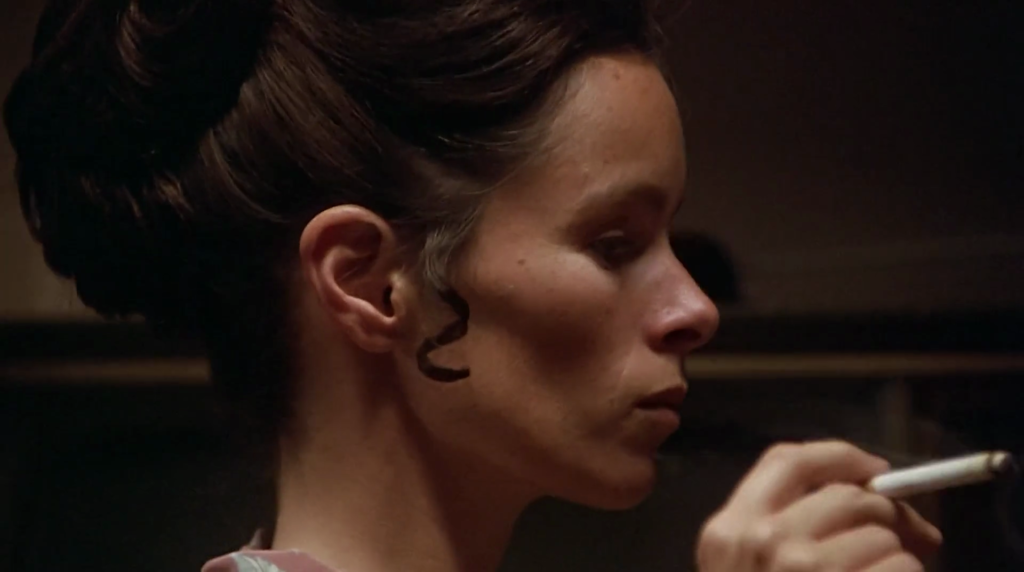
Geraldine Chaplin, with whom Rudolph worked on Nashville (and who also appeared in Welcome to L.A.), had always been the director’s first choice to star in his second film, as he wrote the part of Emily specifically for her. After shooting on Remember My Name wrapped in December 1977, the Chaplin name was again in the headlines; Geraldine’s father, Charlie Chaplin, passed away on Christmas. Before his death, Charlie had seen Geraldine—the eldest of his eight children with Oona O’Neill—star in David Lean’s Doctor Zhivago (1965) and in small parts across Altman films (Charlie especially admired Nashville). Her dad also saw some of the films Geraldine made in Spain with director Carlos Saura in the late 1960s and 1970s (including Cría Cuervos, which played at the Trylon last summer). Alas, Charlie never got to see his daughter’s greatest performance, in Remember My Name. But then again, neither did very many other viewers. Altman’s Lion’s Gate had distribution problems with corporate overseer Columbia, and although the film enjoyed some international success (it was a hit in Paris), Remember My Name more or less disappeared after its brief U.S. run in fall 1978.5
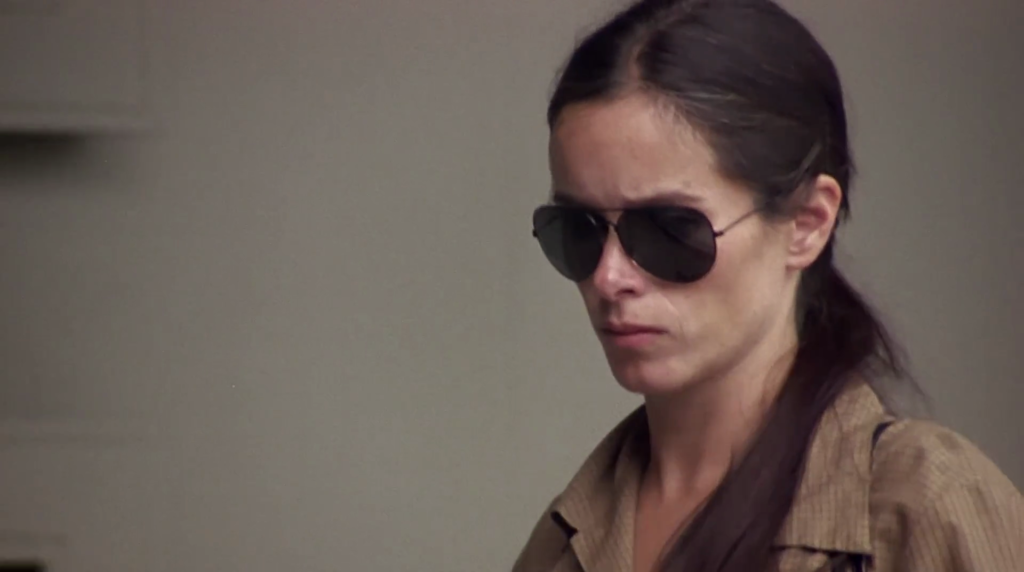
Chaplin’s performance as Emily in Rudolph’s film would be her only above-the-title starring role in an American movie. And what a remarkable performance it is. I don’t want to give away all the pleasures of the film and Chaplin’s work; one of the delights of watching Remember My Name for the first time is getting on her eccentric wavelength. (My caution here isn’t to avoid giving away plot points, since, as Jonathan Rosenbaum wisely notes in his 1979 review, the film “never entirely eliminates the ambiguities that keep it alive and unpredictable”; plot is never the reason to watch an Alan Rudolph film, in which actors, music, rhythm, mood, and tone are priorities).6 We follow Emily, trying to figure out exactly what her intentions are toward construction worker Neil Curry, played by Anthony Perkins, and Neil’s wife Barbara, played by Berry Berenson (Perkins and Berenson were married at time of filming). What’s interesting, though, is not that Emily is seeking some kind of revenge. (I’m not even sure that’s the right word for what’s she doing—“rehearsal” seems better to describe what Emily is up to through most of the film’s running time. And revenge is such a tired trope in movies, anyway.) What’s interesting is how she goes about it, remaking her identity through her own performance. As Michael Ventura (who would later work with Rudolph as screenwriter on the 1980 comedy Roadie) writes in a perceptive review of the film upon its release, “Emily is trying to become the heroine of her own personal, private movie … she does not want to be just one more goddamn victim.”7
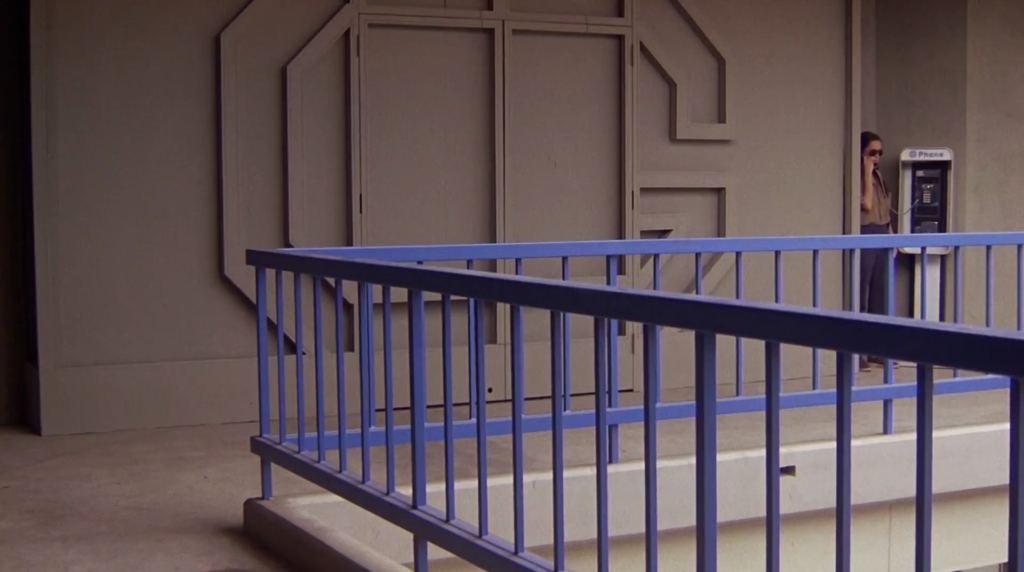
Geraldine’s dad and the other great screen comedians who emerged during the silent era were skilled practitioners of bricolage, the creative act of transforming a diverse range of everyday objects against the grain of expected uses. (Think of Charlie’s dreamy transformation of dinner rolls into dancing shoes in The Gold Rush.) Geraldine does something like that too, as masterfully as her father, in Remember My Name—like The Gold Rush,another film marked by dreams. What Emily is ultimately transforming, though, is her own sense of self. When we first see her, Emily is sketched sparsely, defined by a few objects and actions: cigarettes (she puffs constantly), sunglasses (she watches carefully, her own eyes kept hidden), workaday clothes (she’s fresh out of prison), mysterious phone calls made from arcane locations. Early in the film, a department store she visits promises a “Brand New Image!”, but the ambiguous formation of the new Emily is already well underway.
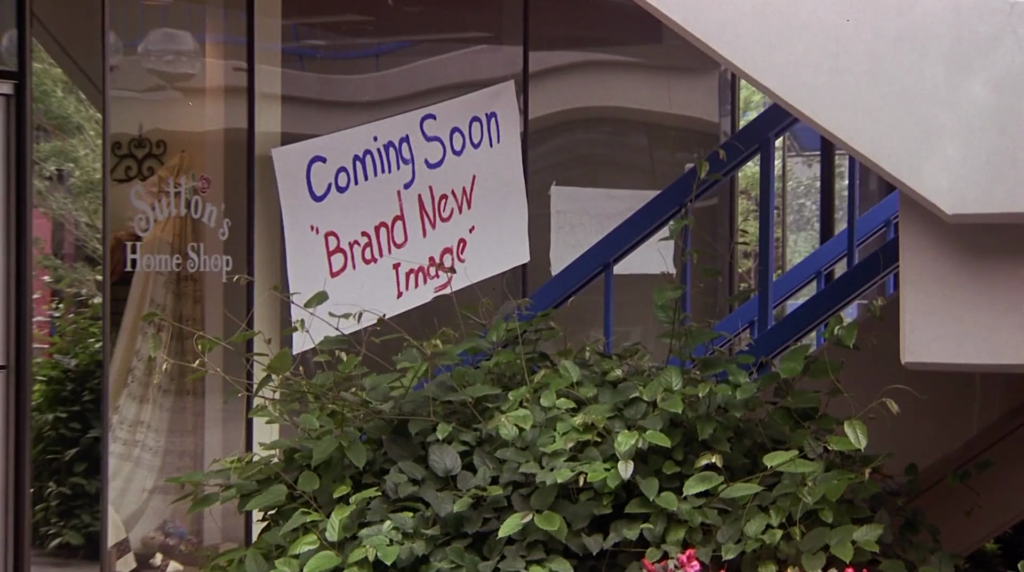
Neil, oblivious early on to Emily’s presence, is designing a dream house—a rural cabin he’s planning to build for Barbara. Perkins’ performance—his muscular appearance here will surprise viewers familiar only with his spindly physique in Psycho (1960) and The Trial (1962)—suggests that Neil is haunted by the past (and perhaps by one ghost in particular) despite his new marriage. Emily, embodied by Chaplin’s unpredictable, distinctive way of moving onscreen, haunts windows, hallways, and doorways in the Curry home and slips surreptitiously into and around the internal frames formed by the beams of the construction site where Neil works. Chaplin’s sly uses of objects and clothes are complemented by her command of the image, as Emily stealthily darts in and out of view, around corners, bedrooms, and other nooks, in a game of appearances and disappearances that Rudolph and cinematographer Tak Fujimoto join her in playing.
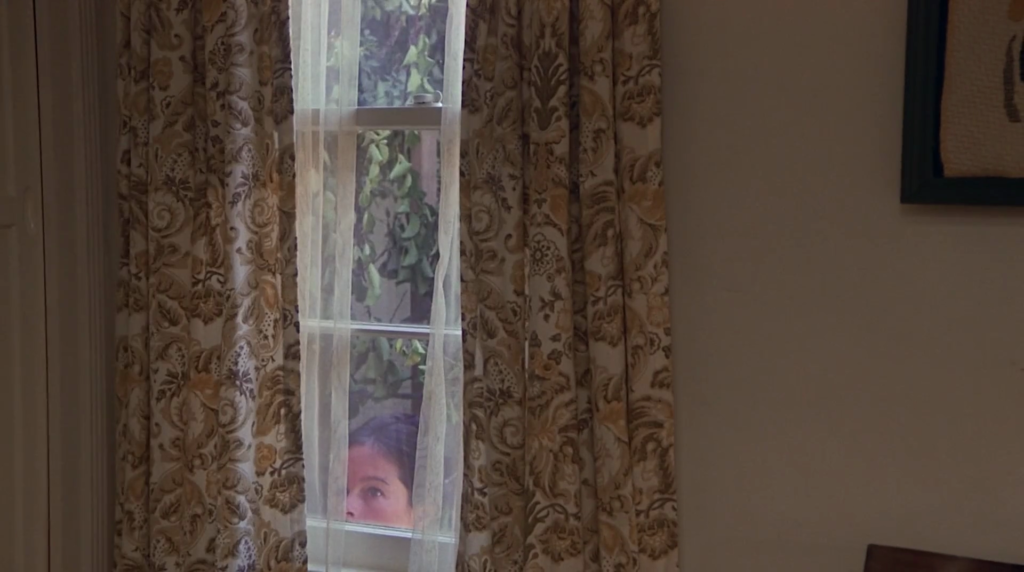
Chaplin’s starring performance in Remember My Name gets terrific support—in addition to Perkins and Berenson, Jeff Goldblum and Alfre Woodard appear in small roles, and seasoned theatrical actor and Hollywood supporting player Moses Gunn performs as Emily’s landlord Pike. When Emily visits Pike in his apartment early in the film, the voice of blues singer-songwriter Alberta Hunter wafts from Pike’s record player. Hunter’s songs are a constant presence in the film; while editing Remember, Rudolph discovered Hunter’s blues music (as the octogenarian singer was then enjoying a revived performing career in New York City clubs).8 Hunter sings of life’s disappointments, but does so with unwavering strength and steadfast independence; her smoky blues forms the perfect partner to Chaplin’s cigarette puffing throughout the movie. (Hunter’s great soundtrack LP, in contrast to the unavailability of the film itself, is a staple of used record stores.)
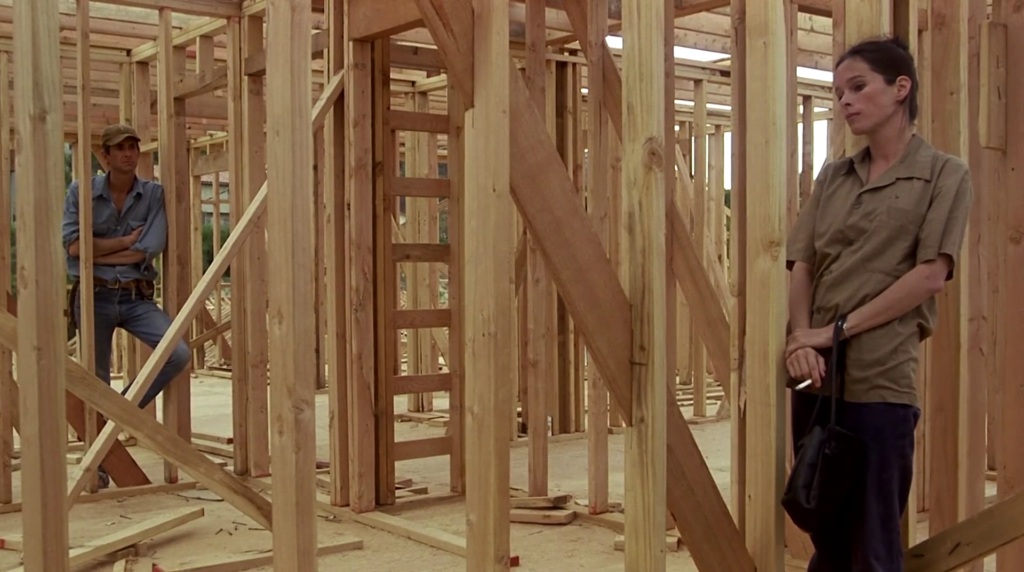
“I didn’t cry when you disappeared,” Chaplin’s Emily will tell Perkins when the two of them finally meet face-to-face in the second half of the film. Many of Alan Rudolph’s films seem to have disappeared from moviegoers’ awareness, probably due to the unavailability of many of them on streaming services. For example, his beguiling 1992 film Equinox (shot in the Twin Cities), another game of performance and dreamy dissolutions of identities, is almost as hard to track down as Remember. This rare opportunity to see the certainly memorable Remember My Name, on the only known surviving 35mm print, isn’t to be missed.
Footnotes
1 Steve Chagollan, “Filmmakers in Focus: Alan Rudolph” (Interview), The Hollywood Reporter, May 20, 1988: 7, 42.
2 Karlovy Vary, “Alan Rudolph interview,” You Tube, youtube.com/watch?v=faipcLqt2L0.
3 1978 legal documents I have read—the contract for Alberta Hunter’s music for the film, from the Robert Altman papers in the Special Collections at the University of Michigan—suggest that the owners of the film had the rights to her music as far as theatrical exhibition and television broadcast went. But the royalties due to Hunter for exhibiting her music in the film in what are in the contract called “Video Records”—i.e., physical home video formats (which in 1978 were not yet standardized)—would have to be renegotiated at a later date, as the language in the contract makes clear. There is no document in these archives to indicate those rights to exhibiting Hunter’s music on home video editions of the film were ever worked out. (Remember My Name does occasionally appear fleetingly on streaming—most recently, on Amazon Prime Video—but probably only because the studios legally consider streaming to be the equivalent not of physical home video but of “television broadcasts.”) See “License Agreement with Alberta Hunter Music Company,” September 19, 1978, Robert Altman Papers, Screen Arts Mavericks and Makers Collection, University of Michigan Library (Special Collections Research Center).
4 Joel E. Siegel, “Joel E. Siegel Interviews Alan Rudolph,” City Paper (Washington, D.C.), September 6-13, 1985, 8-10.
5 Alan Rudolph frequently mentions the positive French reception of the film in interviews. Jonathan Rosenbaum discusses the success of the film in Paris, where he was living at the time Remember My Name was released, in his review of the film in Film Quarterly 32, no. 3 (Spring 1979), pp. 55-58.
6 Rosenbaum, 55.
7 Michael Ventura, “You’ll Remember Remember My Name” (Film Review), L.A. Weekly, January 4, 1979, 18-19.
8 Leslie Bennetts, “Fame Comes, Again, to Alberta Hunter,” The New York Times (November 25, 1978), 12.
Edited by Olga Tchepikova-Treon
